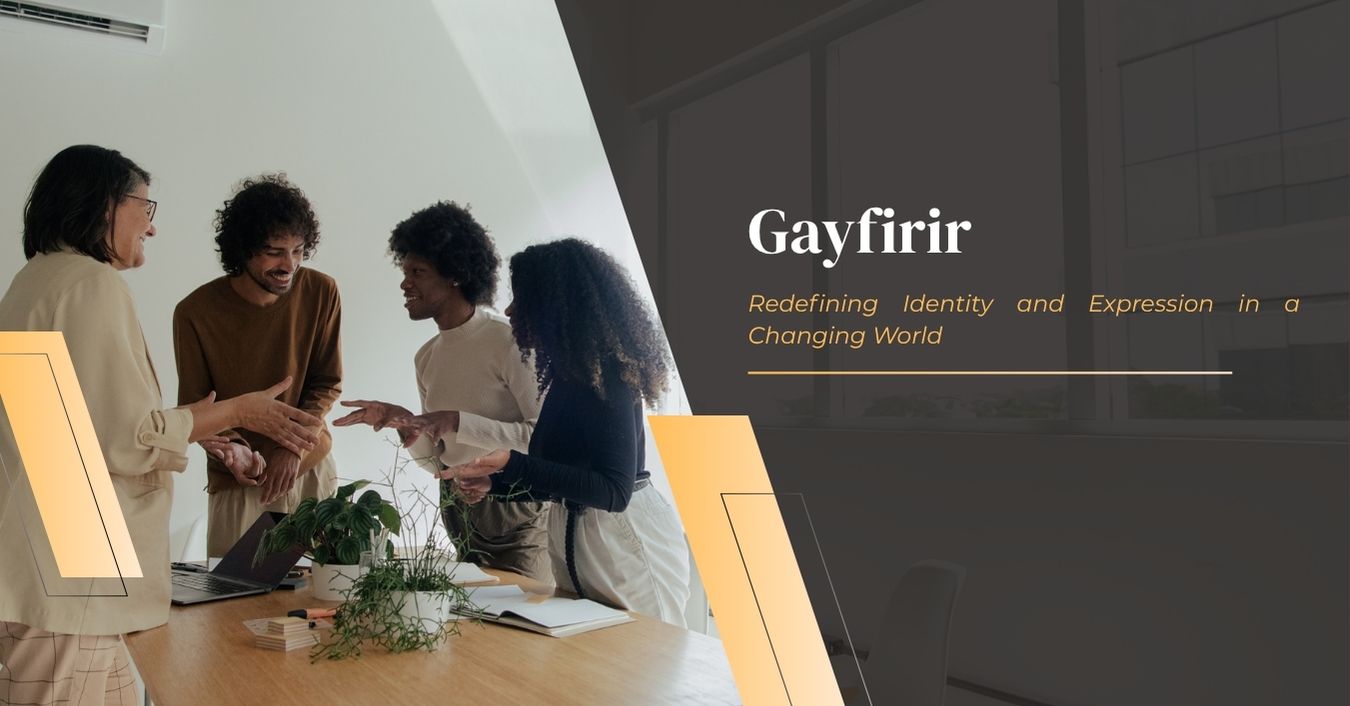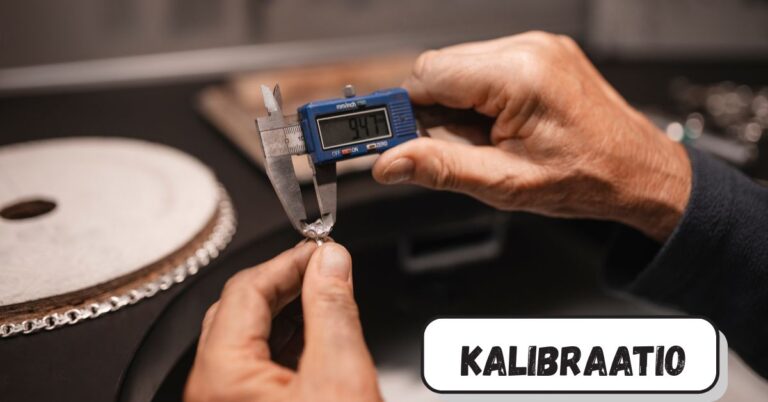Gayfirir: Exploring Identity, Expression, and Community in a Changing World
Introduction to Gayfirir
New words and phrases are constantly appearing in the linguistic world to reflect a wide range of identities and life experiences. The word “Gayfirir” is one that has been bandied about lately. What is its significance? What gave rise to it?
Digging into the origins, uses, and influence of Gayfirir on groups that embrace self-expression and authenticity, this blog article explores the core of the language. Whether you’re acquainted with the phrase or just heard it, having a conversation about Gayfirir allows you to celebrate your identity.
Let’s explore together!
The Origins of the Term Gayfirir
The origins of the name “Gayfirir” are fascinating and full of mystery. It all started in cultural and online communities that have always valued and encouraged individuality and self-expression.
The term originally referred to a subculture that questioned traditional notions of gender roles and romantic desire. For those who didn’t feel they belonged in neat little boxes, the word’s connotations of strength and pride hit home.
The use of language also changed over time. As a result of shared and distinct experiences of expression and identity, the meaning of Gayfirir evolved and grew throughout groups.
For those negotiating many identities, “Gayfirir” is more than a name; it’s a sign of belonging and strength, according to some academics and community members. The fact that different people have come to different conclusions about the same text demonstrates how language can change as society does.
Common Uses of Gayfirir
In many different artistic and personal settings, Gayfirir has discovered significance. In the context of same-gender attraction and fluid or feminine expression, it is frequently used as a word of affection.
When sharing tales, fashion, pride events, or works of art on social media, many people use the hashtag #Gayfirir. More and more, these applications help people feel more visible and connected.
Stories with Gayfirir often deal with love, identity, and metamorphosis in literature and the arts. Artists and writers utilize it to convey the nuance and complexity of contemporary relationships and personal journeys.
The fashion and design industries have also joined the bandwagon, using the word in their own branding and marketing efforts to highlight diversity and inclusion.
Gayfirir evolves to meet the needs of an increasing audience seeking expressions authentic to themselves in the context of expanding discussions of identity.
Controversy Surrounding Gayfirir
Gayfirir hasn’t found widespread acceptance much like many other new words.
Some people find it empowering because it gives them a name that better describes their experiences. On the other hand, there are many who believe that when new labels overlap with old identities, it can create an atmosphere of division or exclusion.
Proponents argue that it creates room for those who don’t feel seen by conventional classifications, while detractors view it as adding complication or confusion.
Social media is a common arena for heated debates, with users expressing strong opinions on all sides. These discussions go to show how difficult it is to find a happy medium when it comes to identifying people.
Finally, the conversation around gay-firir is reflective of a larger cultural change—the idea that language needs to change to represent the diversity of human experience.
Impact on the Community
More general discussions on freedom of speech, individuality, and community have benefited from Gayfirir’s meteoric development.
For some, it’s a means of boldly embracing who they are, particularly in cases where preexisting labels don’t quite fit. It connects orientation and expression, picking up on subtleties that are otherwise lost.
For some, it’s a way to bring attention to feelings that have been bottled up for a long time.
On the other hand, it questions the premise that anyone needs a label. New words may not resonate with everyone, and that’s just fine. Choice and self-definition, not duty, are where Gayfirir’s power resides.
With the ever-growing vocabulary, gay-firir joins the ranks of words that define our modern selves and our place in the universe.
Embracing and Celebrating Gayfirir
A celebration of the whole range of human individuality is at the heart of Gayfirir. Each person’s story is special in its own way, and that fact alone merits admiration and gratitude.
This concept encourages individuals to be themselves without feeling pressured to adhere to rigid standards.
Various types of visual art, music, community meetings, social media storytelling, and fashion are all part of the gay-firir celebration. Pride, creativity, and connection are nurtured by these manifestations.
In this joyous occasion, digital platforms have been important in connecting people with shared experiences and reassuring them that they are not alone.
A society where love and self-expression are central to our common human experience may be built by recognizing and embracing terminology like gay-firir, which in turn encourages diversity rather than hiding it.
Conclusion
If we take the time to learn Gayfirir, we can start a more in-depth discussion about the ways in which language represents our sense of self and community.
Even though it’s still relatively new, this word has made an impression by promoting more honest self-expression. It serves as a reminder that language has the power to both express and mold our deepest desires and realities.
One way in which identity may be celebrated rather than constrained is via gay-firir, which is becoming more common as more individuals talk about and share their adventures.
Adopting gay-firir fosters an environment of transparency, where we provide space for genuineness, connection, and development—regardless of whether you personally relate to it or are just interested.
Also Read Identity and Representation in Gaming
FAQs
1. What does Gayfirir mean?
Those who identify as homosexual but also possess feminine traits or flexible gender presentation are known as gay-firir. It may also mean taking pleasure in being one’s own distinct self.
2. Where did the term Gayfirir originate?
Its precise beginnings are murky, but it most certainly sprang from queer groups’ online discussions about finding new words to describe their intersectional sexuality and gender experiences.
3. Is Gayfirir widely accepted?
Reception differs. While some people gladly accept it, others have stronger preferences for more conventional language. It is becoming more popular, especially among the younger generation that is looking for alternative self-descriptions.
4. How does using the term Gayfirir affect discussions about identity?
As a result, we are able to have deeper discussions on attraction, expression, and the malleability of identity. The concept prompts more expansive contemplation of self-definition and interpersonal relationships.
5. Can anyone identify as Gayfirir?
Yes. A person’s sense of self is subjective and shaped by their unique life circumstances. Anyone can choose to accept the phrase if it speaks to them, whether it’s via attraction, gender expression, or cultural connection.







